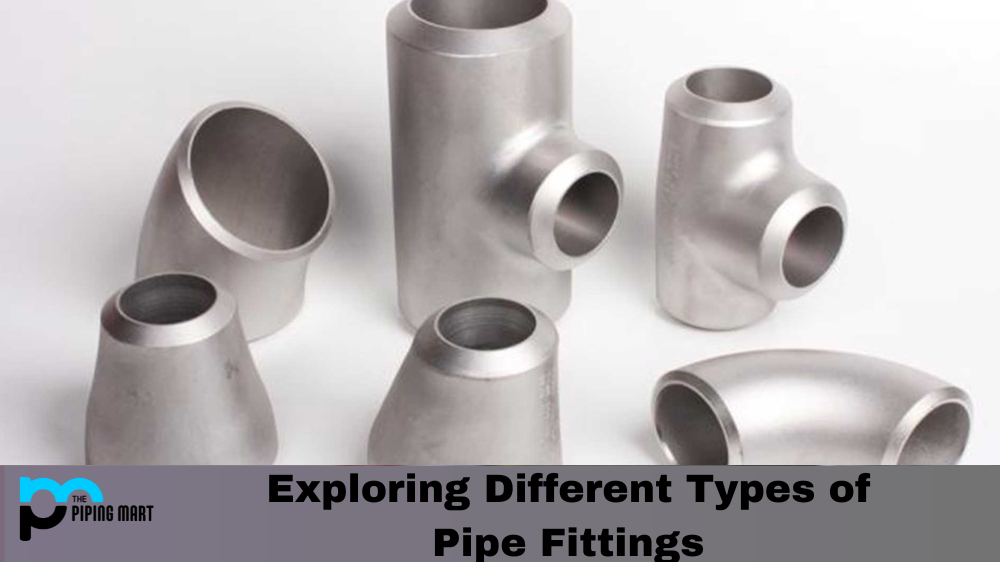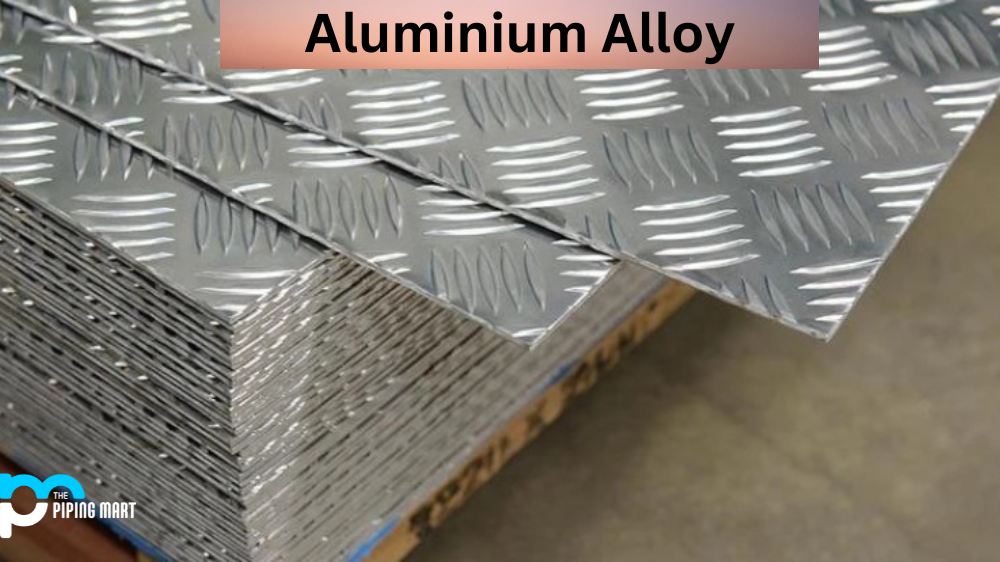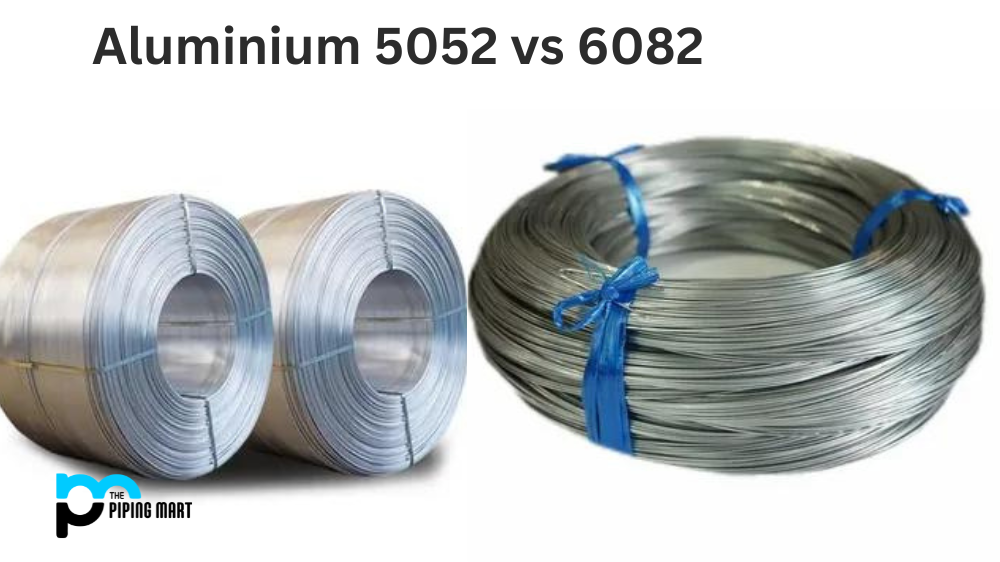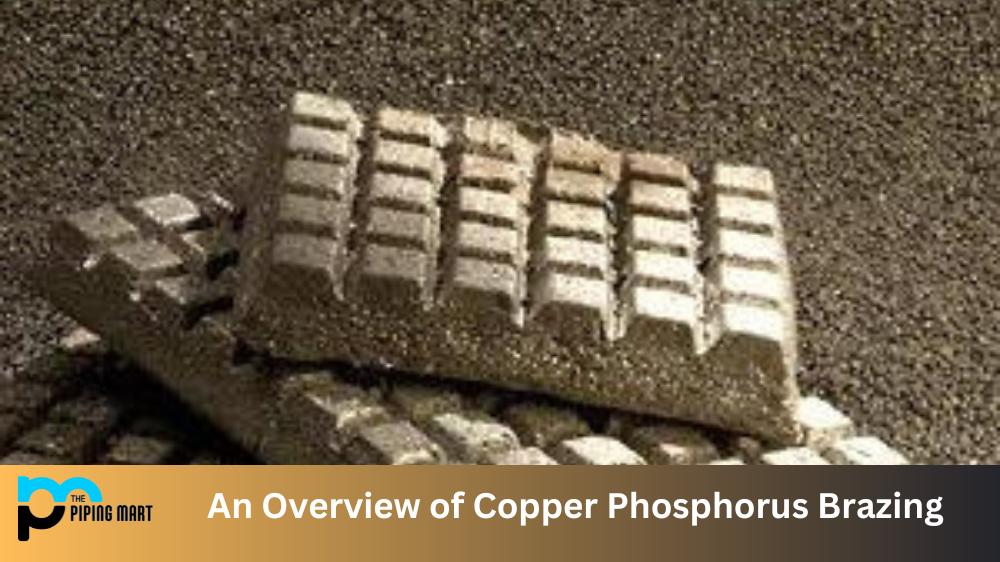If you’re looking to install or replace a plumbing system, one of the most essential components are pipe fittings. A professional plumber will understand the different types of fittings and how to use them for optimal performance. Still, if you’re doing the job yourself, it’s important to understand the different types of fittings as well. Let’s take a look at some common pipe fittings and their uses.
Types of Pipe Fittings
The most basic type of fitting is a straight connector. These are simple pieces that connect two pipes together so they can flow into each other. They come in various sizes and materials, including brass, copper, PVC, and steel. Another popular type of fitting is an elbow joint. This allows two pipes to change direction without having to make any cuts or adjustments in the tubing itself. Elbows come in many sizes to accommodate various angles and degrees.
Pipe fittings are essential components used in plumbing systems to connect pipes and other components together. They are used to change the direction of flow, increase or reduce the flow, and regulate the pressure of the system. Pipe fittings come in a variety of shapes, sizes, and materials, and can be used for a variety of applications.
Elbow Fittings:
Elbow fittings are used to change the direction of flow in a pipe. They come in a variety of angles, such as 45°, 90°, and 180°. Elbows are available in a variety of materials, such as copper, brass, stainless steel, and plastic.
Coupling Fittings:
Coupling fittings are used to join two pipes together. They come in a variety of materials, such as copper, brass, stainless steel, and plastic. Couplings are available in different sizes to accommodate different pipe diameters.
Tee Fittings:
Tee fittings are used to split a single pipe into two separate pipes. They come in a variety of materials, such as copper, brass, stainless steel, and plastic. Tees are available in different sizes to accommodate different pipe diameters.
Union Fittings:
Union fittings are used to join two pipes together without the need for welding. They come in a variety of materials, such as copper, brass, stainless steel, and plastic. Unions are available in different sizes to accommodate different pipe diameters.
Adapter Fittings:
Adapter fittings are used to connect two pipes of different sizes or materials. They come in a variety of materials, such as copper, brass, stainless steel, and plastic. Adapters are available in different sizes to accommodate different pipe diameters.
Cap Fittings:
Cap fittings are used to close off the end of a pipe. They come in a variety of materials, such as copper, brass, stainless steel, and plastic. Caps are available in different sizes to accommodate different pipe diameters.
Plug Fittings:
Plug fittings are used to close off the end of a pipe. They come in a variety of materials, such as copper, brass, stainless steel, and plastic. Plugs are available in different sizes to accommodate different pipe diameters.
Another type of fitting is a coupling joint.
This allows two separate pipes to be joined together without cutting or adjusting either. Couplings come in several sizes and materials, including plastic or metal alloys such as brass or copper. Finally, there are also tee connectors that allow three pipes to join together at a single point without having to make any cuts or adjustments in the tubing itself. Tees come in several sizes and can be made from materials like steel or brass, depending on your needs.
Conclusion:
Whether you’re installing a new plumbing system from scratch or replacing an existing one, it’s important to know about the different types of pipe fittings available so that you can choose the ones best suited for your project. Understanding how each type works will help ensure your system functions optimally for years to come! With this knowledge under your belt, you can confidently tackle any plumbing project with ease!

Meet Bhavesh, a seasoned blogger with a wealth of knowledge and experience. From metal products manufacturing to retail, Bhavesh has a diverse background in various industries and is dedicated to sharing his insights and expertise with readers.




